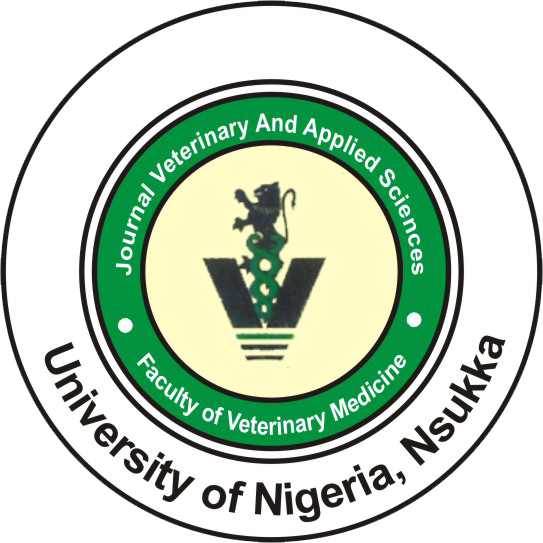University of Nigeria
ISSN: 2315 - 6856
e-ISSN: 2636 - 5553
Journal volumes
Powered by: RockSystems Global Services Ltd.
rocksystemsglobal@gmail.com (+2348035271306)
www.rocksystemsglobal.com
Volume 12: 2022 - Article XI
Abstract
This study was undertaken to determine the bacteriological quality of three selected sources of drinking water sold in Ilorin metropolis. Representative water samples were collected from 87 sources consisting of 60 boreholes, 20 packaged sachet water and 7 river water samples from seven different locations across three Local Government Areas in Ilorin metropolis. The samples of water were collected in sterile McCartney bottles, placed in ice-packed flasks and immediately transferred to the laboratory for bacteria isolation, determination of bacterial load (total bacterial and coliform counts) and biochemical identification respectively. Results from this study showed that the most common bacteria isolates obtained were Staphylococcus aureus (33 isolates), Proteus species (28 isolates) and Salmonella species (26 isolates). Other bacteria isolates obtained included Klebsiella species, Pasteurella species, Bacillus species and Escherichia coli. Furthermore, results showed that river water samples had the highest bacterial count with an average of 8.56 x 102colony forming units (CFU)/100 ml, while the packaged sachet water samples had the least colony count with an average of 2.32 x 102CFU/100 ml. The total coliform counts of the borehole and packaged sachet water were within the WHO limit for portable drinking water although the total bacterial count was higher. The distribution patterns of the isolates based on sampling sites revealed that most of these organisms were encountered at Ilorin West. The disparity of the bacteriological quality of the different water sources could be related to the varying level of exposure to contaminants within and across the sampling locations. The results of this study emphasize the need for periodic assessment of water quality for safety purposes.
Keywords: Water Quality, Bacterial Pathogens, Ground and Surface Water, Ilorin, Nigeria.
How to cite this article:
Olorunshola ID, Oludairo OO, Aiyedun JO, Bale JO, Akintola OO, Omorigie S, Folahan FF and Ogah JO (2022) Bacteriological profile of drinking water sources in Ilorin metropolis, Nigeria. Journal of Veterinary and Applied Sciences, 12: 86 – 94.

BACTERIOLOGICAL PROFILE OF DRINKING WATER SOURCES IN ILORIN METROPOLIS, NIGERIA
Isaac D. Olorunshola1, Oladapo O. Oludairo1, Julius O. Aiyedun1, John O. Bale1, Opeoluwa O. Akintola1, Samuel Omorigie2, Faith F. Folahan3 and Jeremiah O. Ogah4
1Department of Veterinary Microbiology, Faculty of Veterinary Medicine, University of Ilorin, Ilorin, Kwara State, Nigeria.
2Infectious Diseases and Environmental Health Research Group, University of Benin, Benin City,
Edo State, Nigeria.
3Dept. of Medical Microbiology and Parasitology, College of Health Sciences, University of Ilorin, Ilorin, Kwara State, Nigeria
4Infectious Diseases and Environmental Health Research Group, University of Ilorin, Ilorin, Kwara State, Nigeria.
Download .pdf copy here >>






